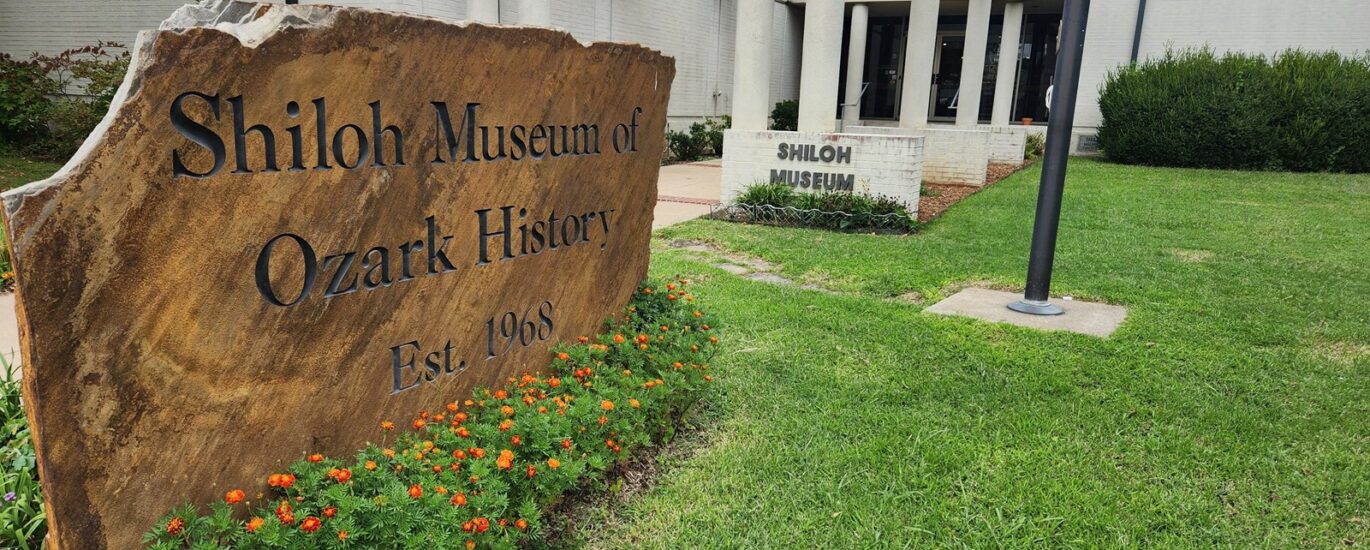Welcome to the Shiloh Museum of Ozark History in Springdale, Arkansas, where the echoes of the past resonate through the halls and historic buildings. The museum is named after the pioneer settlement of Shiloh, which was later renamed Springdale in the 1870s. It’s a fitting title, as the museum focuses on capturing the essence of the everyday lives of men, women, and children who have shaped the Ozarks.
The Shiloh Museum opened in 1968, born from the vision to preserve and celebrate the rich cultural heritage of the Northwest Arkansas Ozarks. Initially, it was a modest setup, but it quickly grew to encompass six historic buildings on its grounds, offering a tangible look into the architectural past of the region. Visitors are invited to wander through these buildings, each telling its own unique story of life in the Ozarks.
Throughout its history, the Shiloh Museum has been a hub for preserving the stories of the Ozarks, not just through its buildings but also with its vast collection of over 500,000 photographs. These images capture the essence of Ozark life and have been invaluable in research and education about the region.
One of the notable events in the museum’s recent history includes its innovative use of technology to preserve the past. For instance, the museum has collaborated with the E. Fay Jones Conservancy to use LiDAR technology for the preservation of historic buildings like the Faubus House. This not only helps in maintaining the physical structures but also ensures that future generations can continue to learn from these historical sites.
The museum offers a rich tapestry of educational programs and workshops. A recent highlight was the Marshallese jewelry workshop led by artisan Miko Lasmus. This hands-on experience provided participants with a glimpse into the craft’s cultural significance and the intricate process of making jewelry from shells, bridging the past with the present.
As you walk through the museum, imagine the bustling life of the Ozark pioneers and the challenges they faced. Picture the Great Flood of 1927, which devastated much of the area, followed by the economic struggles during the Great Depression. These events shaped the community and its resilience. The museum’s exhibits reflect these stories, showcasing the impact of the New Deal programs in the 1930s, which brought relief and development to the region.
The museum also shines a light on the often-overlooked stories of African American communities in the Ozarks. Through collaborations with organizations like The Preservation of African American Cemeteries, the Shiloh Museum plays a crucial role in preserving the diverse histories that make up the fabric of the region.
Today, the Shiloh Museum is not just a keeper of the past but a vibrant part of the community. It continues to evolve, embracing both traditional and modern methods of storytelling. With engaging exhibits and events, the museum remains a cornerstone of cultural education and historical preservation in the Ozarks.
So, whether you’re a history buff, a curious traveler, or a local resident, the Shiloh Museum of Ozark History offers a window into the past, inviting you to explore the stories and experiences that have shaped this unique region.






